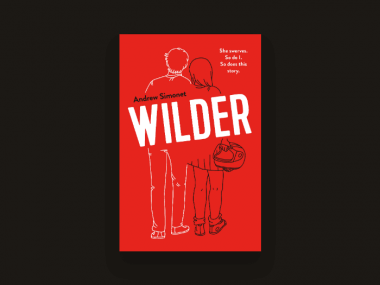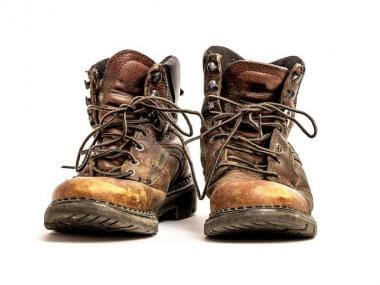What’s Square About a Square Meal?
The idea of a square meal goes back to the 1800s, but the word “square” itself has a longer history.
Did you have a square meal? If someone asks you that question, they are referring to a healthy, balanced, satisfying meal. If you ate only candy, pretzels, or ice cream, then you did not have a square meal. But why is the word “square” used to describe a filling, nutritious meal?
An oft-repeated story about the etymology of the term “square meal” has been that in the 1700s sailors in the British Royal Navy ate their meals off square wooden plates or trays called trenchers. A trencher was a square piece of wood with a large carved out circular depression in the center for food and a smaller depression in one corner for holding salt. While it is true that, at one time, plates of that shape and substance were used, there isn’t any evidence that the term “square meal” came from that practice. Neither “The Sailor’s Word Book” nor the Oxford English Dictionary connects the origin or usage of “square meal” to the Royal Navy and sailors eating off of trenchers.
According to the Oxford English Dictionary, using the word “square” as an adjective dates back to the 1500s, and it meant “just, equitable, or honest.” A person or action that was straightforward, true, or fair was “square.” In competitions, we want the rules to be “fair and square” for all involved. We want a “square deal” in matters pertaining to work, business, and life in general. Theodore (Teddy) Roosevelt, who served as president of the United States from 1901 to 1909, often used “square deal” to describe his policies promoting the fair treatment of everybody. In the mid-1800s the phrase “square meal” started to be used in the United States and referred to a meal that was filling and substantial because it was well-balanced with all the sustenance a person needed.
In the June 1865 issue of the “New Harper’s Monthly Magazine,” J. Ross Browne described what a “square meal” consisted of in the mining town of Virginia City, Nevada. Browne was a world traveler, federal employee, and writer. On one of his trips through the Washoe Valley he saw an advertisement that he told his readers would “send a thrill of astonishment through your brain.” The ad he saw, which he quoted word-for-word, read as follows:
LOOK HERE! For fifty cents YOU CAN GET A GOOD SQUARE MEAL at the HOWLING WILDERNESS SALOON!”
Browne then described that “square meal” as “not, as may be supposed, a meal placed upon the table in the form of a solid cubic block, but a substantial repast of pork and beans, onions, cabbage, and other articles of sustenance that will serve to fill up the corners of a miner’s stomach.”
A “repast” is a meal, and the one described by Browne, though it was a “square meal” by 1865 miners’ standards, might not strike our modern sensibilities and palates as one that we would line up with excitement to eat. Browne’s description also leaves one wondering what those “other articles of sustenance” might have been.
J. Ross Browne did not invent the term “square meal” though, nor was he the first to use it. In a California newspaper titled “Georgetown News,” a letter to the editor appeared on February 7, 1856, that said anyone coming to the town of Newtown in El Dorado County should “call at the United States Hotel . . . to get a square meal.” In the July 23, 1857 issue of the “Mariposa (California) Democrat,” an advertisement inviting people to a camp meeting said, “Three square meals per day will be furnished.” That same year the phrase “square meal” appeared in the “New-York Dispatch.” None of those articles explained what a “square meal” was, so it seems the term had already been in use before it began appearing in print, and people understood what it meant.
For many of us, the contents of what qualified as a “square meal” back in the 1800s might not be what we envision or hope for today. However, the general, basic meaning of “square meal” remains the same. A “square meal” is a balanced provision of nutritious food that fills and satisfies. Because “square” describes someone or something that is fair or just, it makes sense that a “square meal” doesn’t cheat people out of the sustenance they need.
Image courtesy of Shutterstock.





